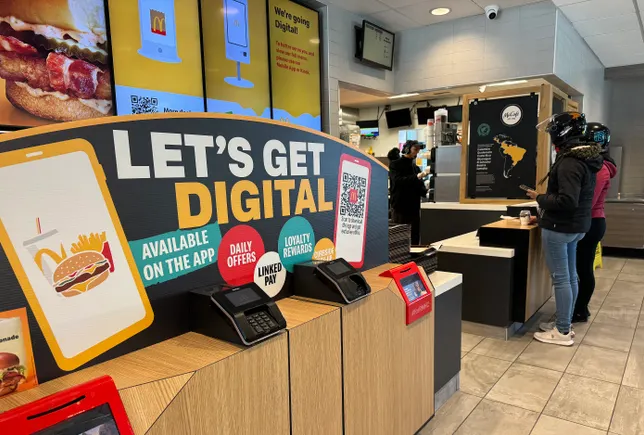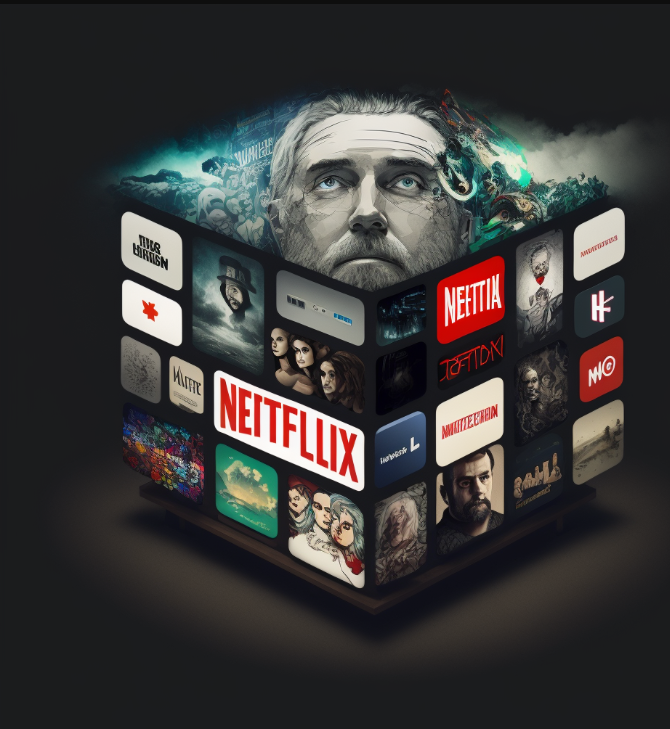In today’s digital age, video streaming has become a dominant force, revolutionizing the way we consume entertainment. Whether you’re catching up on your favorite TV shows or binge-watching the latest movies, video-on-demand (VOD) platforms have made it easier than ever to access a vast library of content at our convenience. But have you ever wondered about the different models that power these platforms? In this article, we’ll take a closer look at SVOD, AVOD, and TVOD – the three primary video-on-demand models that shape our streaming experience.
What is Video-on-Demand (VOD)?
Before we dive into the nuances of each VOD model, let’s start with a brief overview of video-on-demand. VOD refers to a system that allows users to access and stream digital video content whenever they want, without the need for traditional scheduled programming. Essentially, it puts the viewer in control of what they watch and when they watch it. This convenience and flexibility have made VOD services incredibly popular worldwide.
SVOD – Subscription Video-on-Demand
One of the most prevalent VOD models is Subscription Video-on-Demand (SVOD). As the name suggests, SVOD services require users to pay a monthly or yearly subscription fee in exchange for unlimited access to their content library. Popular streaming platforms like Netflix, Amazon Prime Video, and Hulu operate under the SVOD model.
Subscribers can choose from a wide range of TV shows, movies, documentaries, and original productions. The content is typically licensed or produced by the streaming platform itself. SVOD platforms often offer personalized recommendations based on users’ viewing history and preferences, enhancing the user experience.
AVOD – Advertising Video-on-Demand
Advertising Video-on-Demand (AVOD) is another popular VOD model that differs from SVOD in one significant aspect – it’s free for users. Instead of charging a subscription fee, AVOD platforms generate revenue through advertisements. YouTube is a prime example of an AVOD platform.
With AVOD, users have free access to a vast library of videos, from short clips to full-length movies. However, they may have to endure occasional ads during playback. Advertisers pay the AVOD platform to display their ads to users, and in turn, the platform compensates content creators through ad revenue sharing.
TVOD – Transactional Video-on-Demand
Transactional Video-on-Demand (TVOD) takes a different approach from SVOD and AVOD. TVOD platforms allow users to rent or purchase individual pieces of content. This model is often used for recent movie releases or niche content that may not be available on other platforms.
Users pay a one-time fee to access the rented or purchased content for a limited period. YouTube also offers a TVOD feature where viewers can rent or buy movies, creating a hybrid AVOD/TVOD service. Other examples of TVOD platforms include Google Play Movies and iTunes.
The Pros and Cons of Each VOD Model
Now that we’ve covered the basics of SVOD, AVOD, and TVOD, let’s weigh the pros and cons of each model:
SVOD Pros:
– Unlimited access to a vast library of content
– Personalized recommendations enhance the user experience
– No interruption with ads
SVOD Cons:
– Requires a monthly or yearly subscription fee
– May not have the latest releases or niche content
AVOD Pros:
– Free access to a wide range of content
– No subscription fees
– Accessible to a larger audience
AVOD Cons:
– Ads may disrupt the viewing experience
– Limited control over ad frequency and type
– Content library may not be as extensive as SVOD
TVOD Pros:
– Allows access to recent releases or niche content
– No recurring subscription fees
– Flexibility to rent or purchase specific content
TVOD Cons:
– Pay-per-view model can become expensive for frequent viewers
– Limited access to a content library compared to SVOD
Final Thoughts
As the demand for streaming services continues to grow, understanding the different VOD models becomes essential. SVOD, AVOD, and TVOD serve the unique needs and preferences of users, providing a diverse range of content options. Whether you prefer unlimited access, ad-supported viewing, or the flexibility of renting or purchasing, there’s a VOD model that suits your preferences.












Leave a Reply